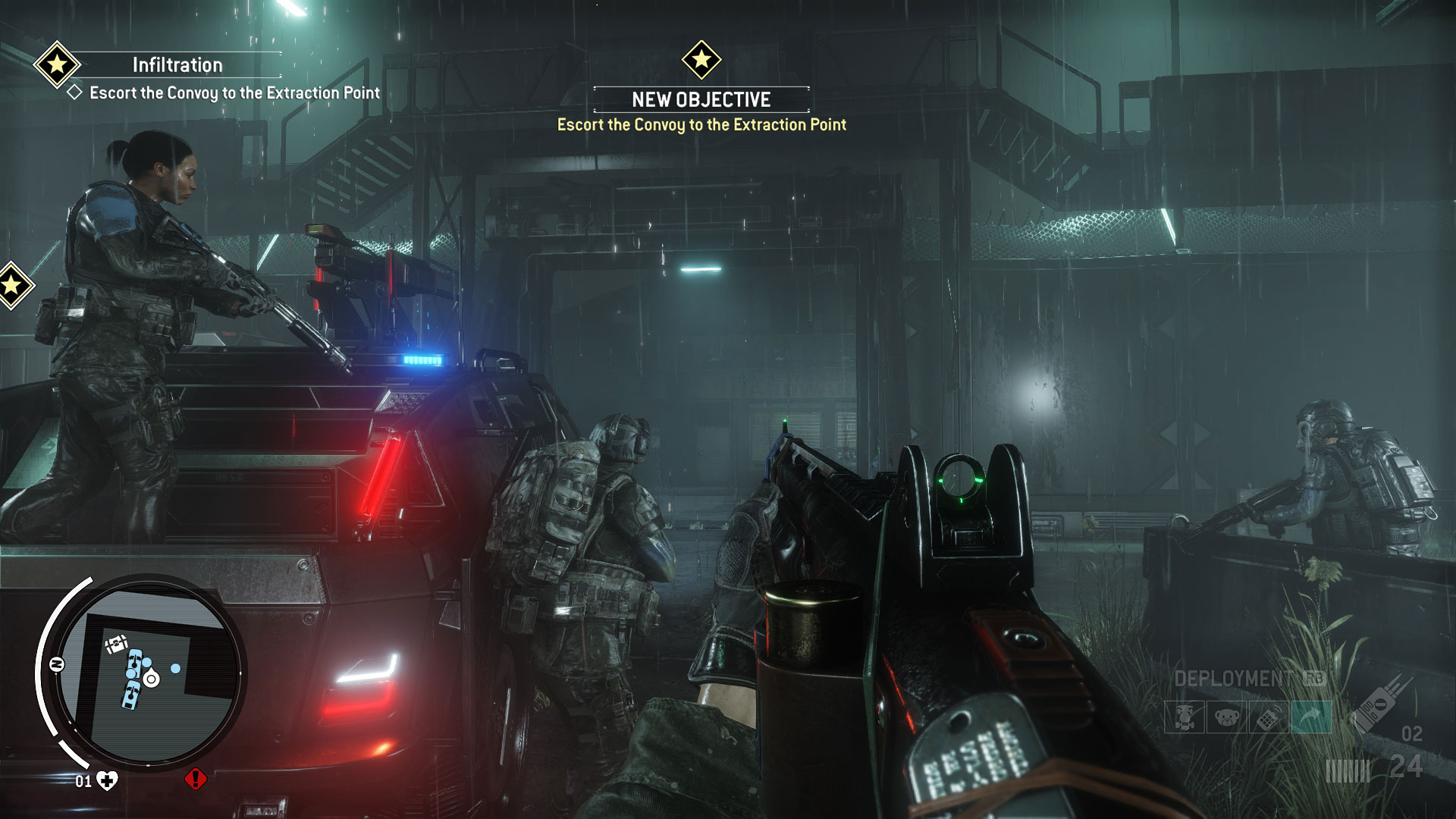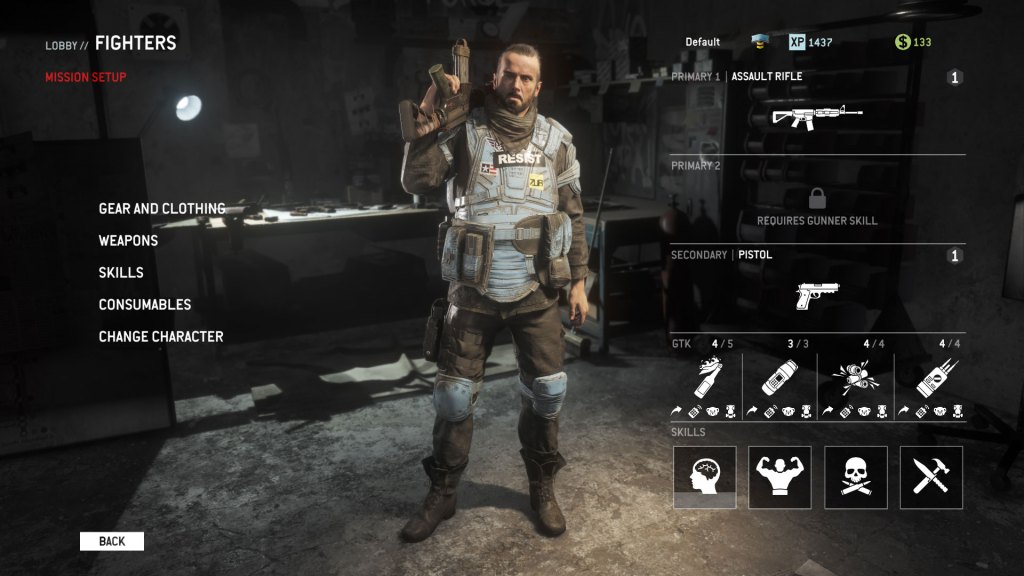I remember the rain.
The way it slicked the pavement. How it reflected the KPA soldier’s light, blocking his face. He was dressed all in white, an armored wraith haunting the long-since abandoned home with an ethereal glow. I remember hearing the downpour drum the roof in heavy rhythm, an ancient chant to gods long since dead. The wraith searched in silence as the eerie orange glow of a nearby fire illuminated behind him, painting his barreled sword in merciless flame.
What the wraith did not know was that I too was merciless.
Using the shadows I crept up to him, my own sword in hand. I remember the rain not for how much there was, or how it served as a metaphor for the storm my teammates and I were to fight up against. No, I remember the rain for helping me drown out the noise of that soldier’s end. Breath held, blade unsheathed, I went in for the kill…
…and was killed by a soldier who happened to walk in through the front door.

Moments like this pockmarked my experience with the Homefront beta, exclusive to Xbox One owners this past weekend. Players got to try three missions in Homefront’s Resistance Mode, a four-player co-operative multiplayer mode that tries something a little different than most online shooters. Homefront forces players to work together to complete multiple objectives across large maps and an even larger number of enemies. Going into the beta with almost no knowledge of the game, I was expecting a run-of-the-mill military shooter, piggy-backing on the brand of a poorly-received shooter purchased from the ashes of THQ’s fire sale. So I was a little surprised that, after some time spent with the beta, I didn’t not like it. In fact, I think I started to like it. Maybe.
Homefront took its time warming up to me, though, because my first impressions were rough. No background music in the lobby and main menu screens made me think my Xbox was broken. There were some long wait times in the lobbies between matches with players frequently leaving after a mission’s end, probably due to boredom or lunch. When a match finally did start, I had to come to grips with every video game’s make-or-break: the controls. I checked to see if my controller had been replaced with pancakes, because moving my character around felt like doing backstrokes in molasses. The death I described so poetically in the beginning could have been prevented had I not the turning speed of a World War II tank turret.
Graphically, let’s just say I would be embarrassed if this game was my Valentine’s Day date. Running at sub-HD resolutions and a framerate that strained to maintain 30 fps, this was a tough one to play for an extended period of time. That’s not to say it didn’t have its moments. The lighting effects are quite impressive and a reminder of the CryEngine’s capabilities. One mission has you ducking from house to house on a dark, stormy night. KPA sirens painted entire rooms in a smeared red as they passed by. Fires from a molotov cocktail blinded both sides of the fight. It was moments like these that elevated the game to something more than just a multiplayer match.
The emphasis on teamwork is one of Homefront’s greater strengths, as the odds are overwhelmingly stacked against you. Limited ammo means you have to choose your shots carefully. Limited health packs and respawns discourage players from playing as the hero, as I found my own teammates unwilling to resuscitate me after I attempted to Rambo my way into a base. Players will bleed out if left unattended for too long, only respawning once a checkpoint is reached. Those looking for a fast-paced affair should look elsewhere; Homefront’s Resistance mode only rewards the patient and cooperative.

Speaking of rewards, the progression system in Homefront is a mixed bag, and I mean that in the literal sense. Weapons and gear are not unlocked through progress but through sheer luck. Money acquired in-game can be used to purchase crates that contain randomized weapons, gear, and tool kits. Those worried about a pay-to-win approach take note, as the developers have confirmed that these crates can also be purchased with real money. However, they have also assured that nothing is locked behind a paywall and can be acquired through just playing the game.
In addition, new maps and missions will be periodically released as free DLC for the next twelve months following launch. All that being said, the random nature of acquiring gear can be frustrating. With no tiers of rarity or ability to sell duplicates, this comes off as a cash grab. But hey, free maps, right?
Despite all of this, I still enjoyed my time with Homefront. Looking past the sluggish controls and lack of graphical fidelity (reminding myself all the while that this is a beta), I see a game with potential. While on the surface Homefront: The Revolution seems like a game trying to coattail on the waning popularity of first-person military shooters, underneath is a game trying to give players a unique cooperative experience. Hopefully come May, Homefront will give players a Revolution worth fighting for.







